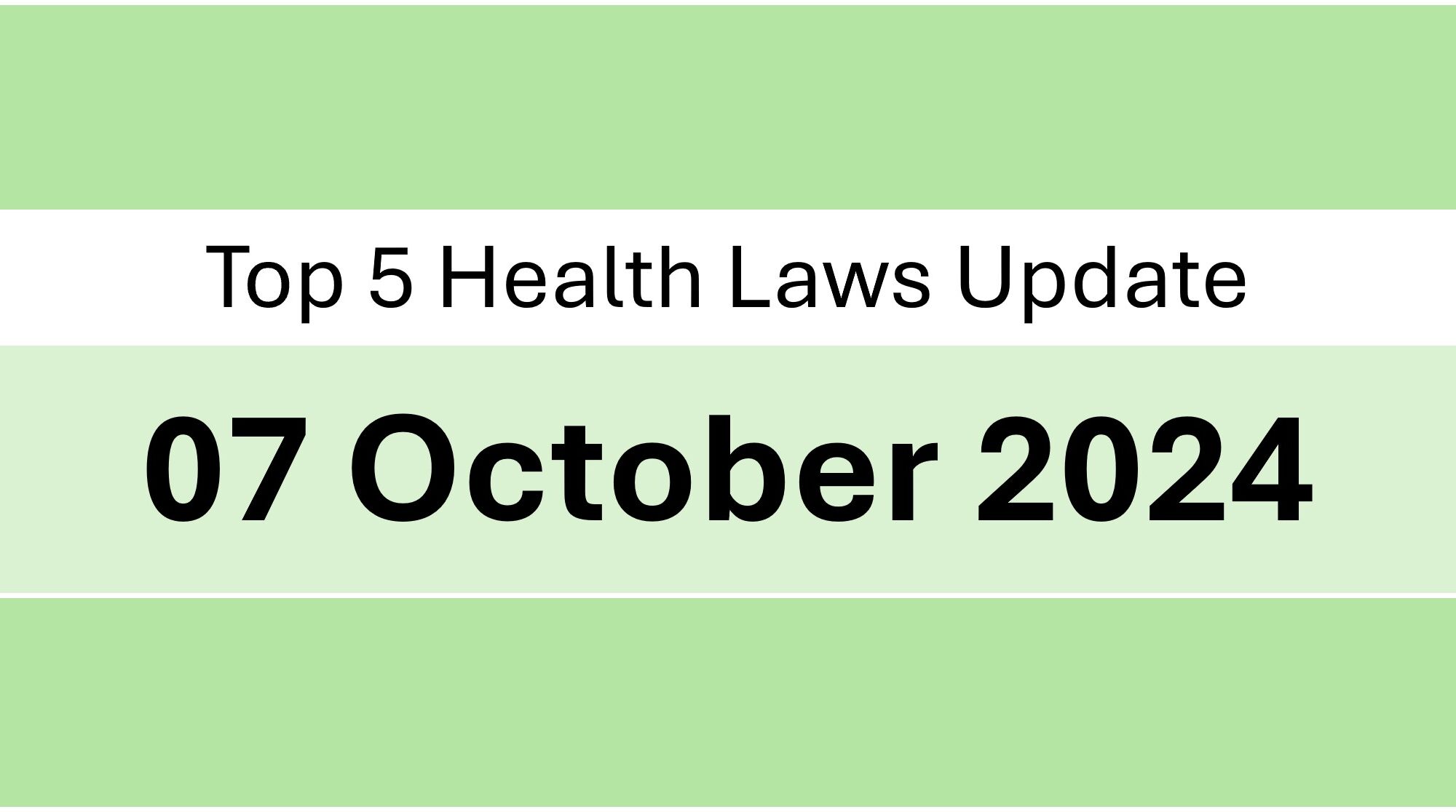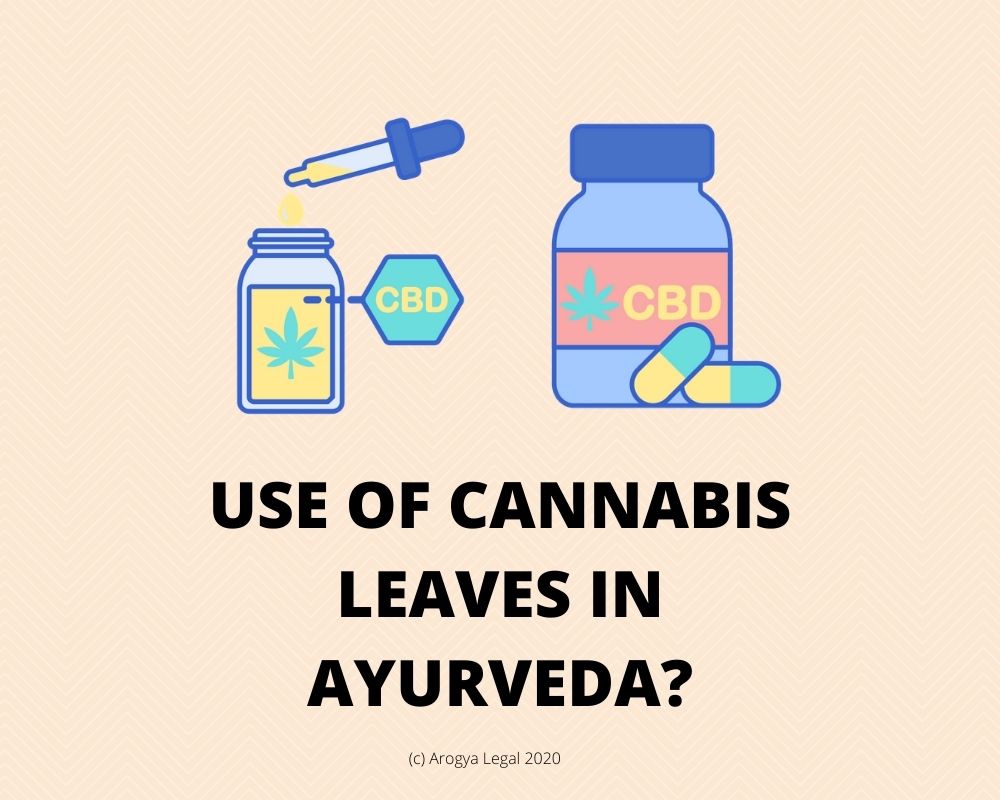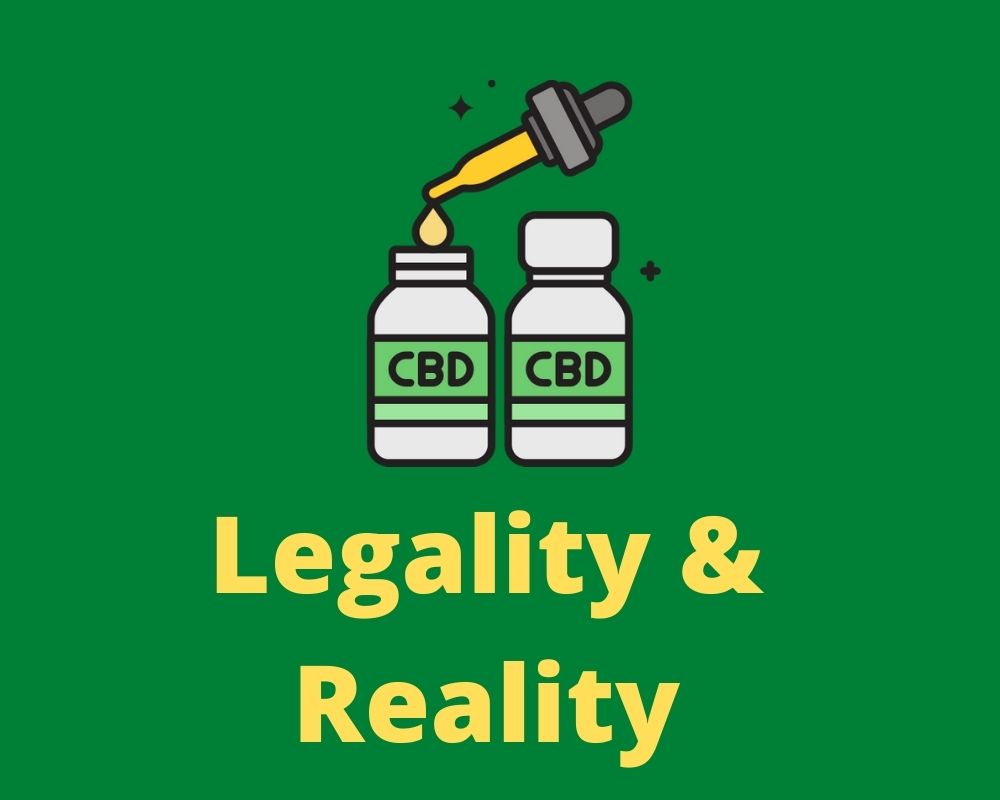In India, the use of cannabis and cannabis leaves in medicines has caught public imagination. Contrary to popular perception, the use and consumption of cannabis and cannabis leaves is not entirely prohibited in India. It is permitted for medical and scientific purposes, subject to compliance with applicable laws. In this article, we have discussed the legality of use of cannabis leaves in pharmaceutical and ayurvedic medicines.
What are the laws that regulate use of cannabis leaves in medicines in India?
There are two sets of laws that regulate the use of cannabis leaves in medicines – The first set of laws treat cannabis leaves as a potential narcotic drug, and the second set of laws treat cannabis leaves as an intoxicant and a taxable item, i.e. as a source of revenue for the Government.
Narcotic drugs
The Narcotic Drugs and Psychotropic Substances Act, 1985 (NDPS Act) regulates the use of narcotic drugs in medicines India. In context of cannabis, it identifies three things as narcotic drugs: 1. The cannabis plant as a whole, including its parts such as leaves; 2. Cannabis, i.e. the flowering or fruiting top of cannabis plant when separated or not from the cannabis plant; and 3. Resin of the cannabis plant, when separated from the cannabis plant (popularly known as Charas or Hashish).
The NDPS Act treats cannabis leaves as ‘narcotic drug’ only when: 1. They are attached to the cannabis plant; 2. When they are separated from the cannabis plant but are not separated from its flowering or fruiting tops; and 3. If they contain resin from the cannabis plant.
So, leaves of cannabis plant are not regulated as narcotic drugs in India under the NDPS Act. They are regulated as narcotic drug only when they are associated with a narcotic drug, i.e. when they are attached to the cannabis plant or its flowering or fruiting tops or when they contain resin from the cannabis plant. This legal position has been upheld by Indian courts and accepted by the Indian Government.
Intoxicant
Each State in India has an excise law, for example, the Madhya Pradesh Excise Act, 1915. These laws are also sometimes referred to as prohibition laws, for example, the Maharashtra Prohibition Act, 1949. The purpose of these laws is to control access to intoxicants, and to give powers to the State Government to charge a duty on the manufacture and supply of intoxicants.
Almost all state laws in India identify cannabis leaves as an intoxicant, like they identify alcohol as an intoxicant. This means that cannabis leaves cannot be produced (i.e. separated from the cannabis plant) or used for commercial purposes without a license. For example, if a manufacturer of medicine wishes to use cannabis leaves in its medicines, it ought to have an appropriate license to procure cannabis leaves and to use it for medicinal purposes. Needless to say, the manufacturer will also have to pay a ‘duty’ (or tax) for procurement of cannabis leaves.
Why is the use of cannabis leaves more prevalent in ayurvedic medicines than in pharmaceutical medicines?
The marketing of medicines in India is regulated by Drugs and Cosmetics Act, 1940 (DCA). At present, there is no pharmaceutical medicine containing cannabis or cannabis leaf (or cannabinoids) that is approved under DCA for sale in India. If any pharmaceutical manufacturer were to introduce a cannabis or cannabis leaf based medicine in India, it would have to first undertake clinical trial of such medicine and establish its safety and efficacy. Undertaking clinical trials is an expensive and time-consuming process. To add to that, cannabis is hardly cultivated officially in India. So, it is difficult to procure standard quality cannabis or cannabis leaf that may be required in the manufacture of pharmaceuticals containing cannabis or cannabis leaf or their extracts.
However, Ayurveda as a branch of medicine explicitly recognizes use of cannabis and cannabis leaves in manufacture of ayurvedic medicines. This means that if a standard ayurvedic medicine is to be manufactured which contains cannabis or cannabis leaves, then no clinical trials have to be undertaken prior to its commercial launch. This makes ayurvedic system of medicines an obvious choice to manufacture and sell cannabis and cannabis based medicines.
Why manufacturers choose to use cannabis leaves over cannabis in ayurvedic medicines?
There are chemicals in cannabis that have medical properties. These chemicals are commonly referred to as cannabinoids. Of the many cannabinoids, cannabidiol (CBD) and tetrahydrocannabinol (THC) are the most sought after for their medicinal properties.
Both CBD and THC are found in significant quantity in the flower and the bud of the cannabis plant. Their percentage in leaves of the cannabis plant is relatively insignificant.
However, the use of cannabis leaves in medicines is preferable to cannabis in general. There are two reasons for it. First, it is relatively easy to procure cannabis leaves as they are not regulated as ‘narcotic drugs’. Second, cannabis leaf-based medicines do not require license to sell in each state under the NDPS Act as cannabis-based medicines do.
Are there any specific labelling declarations that are applicable to manufacturers of ayurvedic medicines made out of cannabis leaves?
Manufacturers of ayurvedic medicines containing cannabis leaves or extracts must put the following declaration “Caution: to be used taken medical supervision” in English and Hindi on the label of the medicine, if the medicine is for internal use. As per an advisory issued by Ministry of AYUSH, these medicines should be sold under a prescription of a registered medical practitioner. They are not required to be labelled as “NRx”, however, since these medicines are not narcotic drugs.
What is the limitations of use of cannabis leaves in ayurvedic medicines?
The manufacturers of ayurvedic medicines containing cannabis leaves or its extracts must be careful to not use resin that may be deposited on the leaves of the cannabis plant for preparation of medicines. The resin found on any part of the cannabis plant (including leaves) is considered narcotic, and its use in ayurvedic medicine will make the ayurvedic medicine a narcotic drug, which in-turn will invite several additional compliances such as manufacturing quota, mandatory sale license and record-keeping.
The manufacturers should also be careful to not disturb the natural balance of cannabinoids as found in leaves of cannabis plant, while using cannabis leaves or its extract in the medicine. One of the cannabinoids, THC, is known for its psychoactive properties and is regulated as a psychotropic substance under NDPS Act. If the cannabis leaves are used specifically to extract THC out of cannabis leaves for subsequent use in ayurvedic medicines, then there is a risk that the ayurvedic medicine may be regulated as a psychotropic substance under NDPS Act, thereby inviting additional compliances.





